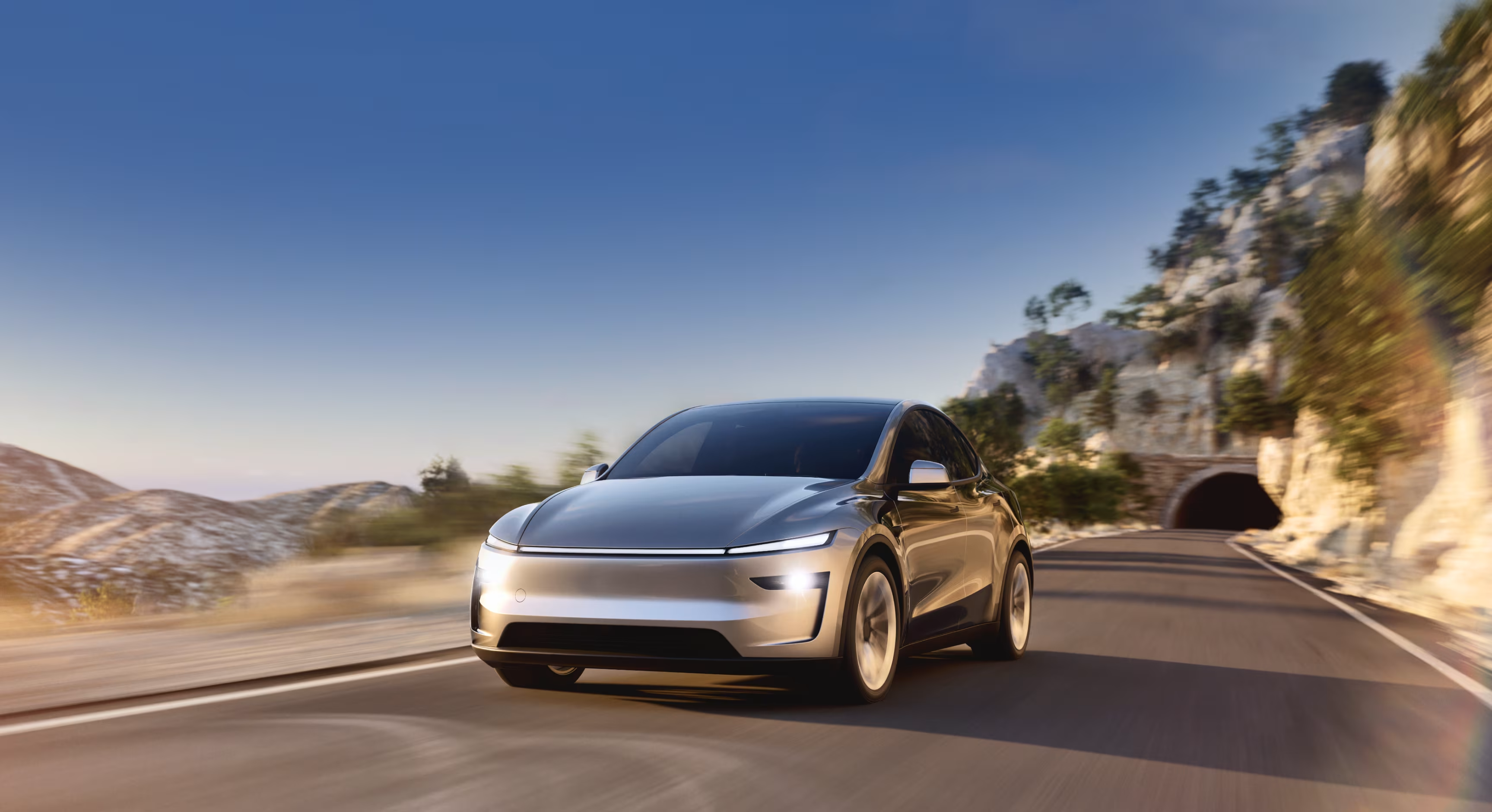In a move that felt more like science fiction than reality, Tesla made headlines last week by completing what CEO Elon Musk called the world’s first fully autonomous vehicle delivery. A brand-new Model Y SUV drove itself from Tesla’s Gigafactory in Austin, Texas, to a customer’s home—with no human inside, no remote operator, and no intervention at any point.
This milestone marks a significant leap in Tesla’s pursuit of full autonomy and could reshape how we think about vehicle logistics, ownership, and the future of mobility.
The Drive That Changed Everything
On June 27, 2025—one day ahead of Musk’s teased schedule—a silver Model Y rolled off the production line and began its 15-mile journey across Austin. The route included parking lots, surface streets, roundabouts, and highways, with the vehicle reaching speeds of up to 72 mph.
Tesla’s AI and Autopilot lead, Ashok Elluswamy, confirmed that the vehicle used the same software stack as Tesla’s robotaxi fleet, which had just begun limited trials in Austin days earlier. Upon delivery, the car was downgraded to Tesla’s commercially available Full Self-Driving (Supervised) mode, which still requires human oversight.
How It Worked
Tesla has long touted its vertically integrated approach to autonomy, relying on vision-based AI, custom-designed chips, and neural networks trained on billions of miles of driving data. Unlike competitors like Waymo or Cruise, Tesla avoids using LiDAR or HD maps, instead betting on its camera-based system to mimic human perception.
For this delivery, the Model Y navigated:
- Urban intersections and traffic lights
- High-speed highway merges and exits
- Unprotected left turns and roundabouts
- Pedestrian zones and parking maneuvers
The entire trip was captured on video and shared by Tesla on social media, showing the vehicle performing complex maneuvers with apparent ease.
A Carefully Orchestrated Stunt?
While undeniably impressive, the delivery has sparked debate. Critics point out that Tesla has a history of staging autonomy demos—most notably the 2016 “Paint It Black” video, which was later revealed to have been heavily edited and rehearsed.
This time, Tesla insists the drive was real, unassisted, and unrehearsed. Elluswamy claimed the customer was randomly selected and that the vehicle was “exactly the same as every Model Y produced in the Tesla factory”.
Still, questions remain:
- Was the route pre-mapped or geofenced?
- Were external sensors or support vehicles involved?
- Can the system repeat this feat reliably?
Tesla has not responded to media inquiries, leaving much of the technical detail to speculation.
Robotaxis and the Bigger Picture
The driverless delivery comes on the heels of Tesla’s robotaxi pilot program in Austin, where a small fleet of Model Ys is offering rides to select users within a geofenced area. Each ride costs a flat fee of $4.20—a nod to Musk’s penchant for internet humor.
Unlike the delivery vehicle, these robotaxis currently operate with a human safety supervisor in the front passenger seat and are monitored remotely. Still, the pilot represents Tesla’s most tangible step yet toward its long-promised autonomous ride-hailing service.
Musk has long envisioned a future where Tesla owners can add their vehicles to a shared robotaxi fleet, generating passive income while they sleep. While that dream remains distant, the driverless delivery is a bold signal of intent.
The Timing: A Strategic Distraction?
Tesla’s autonomous showcase arrives at a turbulent time for the company. Sales have slowed in key markets like Europe and North America, and the brand is facing backlash over Musk’s political affiliations and controversial public statements.
Internally, Tesla has seen a wave of executive departures, including longtime Musk confidant Omead Afshar, who oversaw manufacturing and sales in Europe and North America.
With second-quarter delivery numbers looming, the driverless delivery may serve as a strategic distraction—an attempt to shift the narrative from declining sales to technological triumph.
Regulatory and Safety Concerns
Not everyone is celebrating. The U.S. National Highway Traffic Safety Administration (NHTSA) has launched a review into Tesla’s autonomous operations in Texas after videos surfaced showing erratic behavior from robotaxi vehicles.
Incidents included:
- Sudden stops in traffic
- Driving on the wrong side of the road
- Ignoring turn-only lane markings
While the driverless delivery itself appeared smooth, regulators are watching closely. Tesla’s Full Self-Driving software remains under scrutiny, and the company has yet to receive full regulatory approval for unsupervised autonomy.
What This Means for the Future
Despite the skepticism, Tesla’s driverless delivery is a watershed moment. It demonstrates that, at least under controlled conditions, a vehicle can navigate real-world roads without human input.
If scaled successfully, this technology could:
- Revolutionize vehicle logistics, reducing delivery costs and wait times
- Enable autonomous ride-hailing, disrupting Uber and Lyft
- Transform urban planning, with fewer parking needs and more efficient traffic flow
- Redefine car ownership, turning vehicles into income-generating assets
But the road ahead is long. Tesla must prove that its system can handle edge cases, weather variability, and unpredictable human behavior—not just once, but millions of times.
Final Thoughts
Tesla’s driverless Model Y delivery is more than a PR stunt—it’s a bold step toward a future where cars drive themselves off the lot and into our lives. Whether that future arrives in five years or fifty, one thing is clear: the age of autonomous mobility is no longer a distant dream. It’s already pulling into the driveway.


Leave a Reply